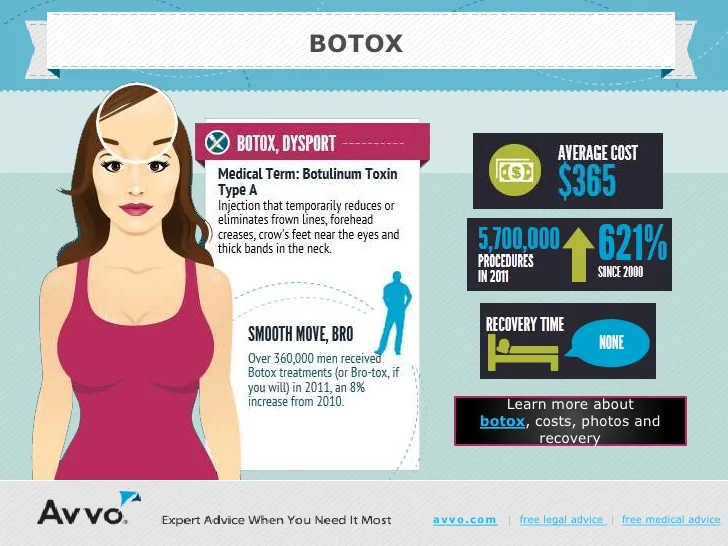Does Dairy Worsen Acne
Does Dairy Worsen Acne
Blog Article
Hormonal Acne - What is Hormonal Acne?
Hormonal acne is characterized by blocked pores and oily skin that usually appears on the chin and jawline. It occurs when hormone adjustments activate inflammation and microbial overgrowth within hair follicles.
Breakouts might look like whiteheads, blackheads, papules or pustules and cysts or blemishes in more severe cases. It is much more typical in teenagers experiencing the age of puberty yet can affect adults of any age.
What Causes Hormonal Acne?
While acne can be caused by a variety of elements, including utilizing hair and skin care products that aren't oil-free or made with components that might obstruct pores, hereditary proneness, diet regimen,2 and stress and anxiety, the origin is rising and fall hormonal agents. Hormone acne takes place when the body experiences hormone adjustments and variations that bring about an overflow of sebum, which creates swelling, boosted development of germs and modifications in skin cell activity.
Hormonal acne is frequently discovered on the lower jawline, cheeks and neck but can appear anywhere on the body. It is characterized by blemishes that are cystic, unpleasant and full of pus or other material. It is also more likely to take place in females than males, specifically throughout adolescence, the menstrual cycle, pregnancy or menopause.
Age
While numerous kids experience acne at some point throughout the age of puberty, it can remain to pester grownups well right into the adult years. Called hormone acne, this type of breakout is tied to fluctuations in hormonal agents and is commonly most usual in ladies.
Hormonal acne occurs when oil glands generate way too much sebum, which blocks pores and traps dead skin cells. This results in the formation of imperfections, such as whiteheads, blackheads and papules, pustules, cysts or blemishes, deep under the surface area.
This kind of blemish often causes discomfort, inflammation and inflammation. It may also be intermittent and show up around the exact same time each month, such as right prior to your duration starts. This is because degrees of women hormones like progesterone and oestrogen fluctuate with each menstruation.
Menstruation
Hormonal acne typically shows up in the reduced part of your face, along the jawline and cheeks, as whiteheads, blackheads or inflammatory pimples (pimples and cysts). It's more than likely to show up around the time when your menstrual cycle adjustments.
Particularly around ovulation, when estrogen and progesterone levels get on the increase, hormone variations can trigger breakouts. Yet it's likewise possible to obtain acne at any type of point throughout your 28-day menstrual cycle.
If you see that your hormone acne flares up right prior to your period, try seeing when precisely this happens and see if it connects to the phases of your 28-day menstrual cycle. This will certainly assist you pinpoint the origin of your skin difficulties. For example, you might want to work with balancing your blood sugar and removing high-sugar foods, or think about a prescription medication like spironolactone that can manage your hormones.
Maternity
Growing a baby is a time of significant hormonal adjustments. For lots of women, this consists of a flare-up of hormonal acne. This sort of breakout typically starts in the first trimester, around week 6. It's caused by hormonal agent surges that boost sebaceous glands to make even more oil, which can block pores and create more microorganisms to develop.
Outbreaks might also happen as a result of pre-existing problems like polycystic ovary syndrome, which can also be a problem during pregnancy and menopause. Additionally, some types of birth control pills (such read more as Ortho Tri-Cyclen and YAZ) can activate hormonal acne in some females.
Fortunately, the majority of acne treatments are "no-go" for expectant ladies (consisting of prominent acne-fighting active ingredients such as isotretinoin and spironolactone). However if you can not prevent those annoying bumps, your physician might recommend dental erythromycin or cephalexin, which are safe while pregnant.
Menopause
As women come close to menopause, the estrogen levels that triggered their hormonal agent acne to flare up throughout puberty start to stabilize and reduce. At the same time, however, a spike in androgens (likewise called male hormones) takes place because these hormonal agents can't be exchanged estrogen as effectively as previously.
The unwanted of androgens can trigger oil manufacturing by the sebaceous glands, which blocks pores. When the clogged up pores come to be irritated and aggravated, an acne kinds.
Hormone acne is typically seen on the face, especially around the chin and jawline, but it can happen on the neck, back, shoulders, or upper body. This type of acne has a tendency to flare up in a cyclical pattern, comparable to the menstrual cycle. Anxiety, which raises cortisol and throws hormones out of equilibrium, also contributes to the outbreaks.